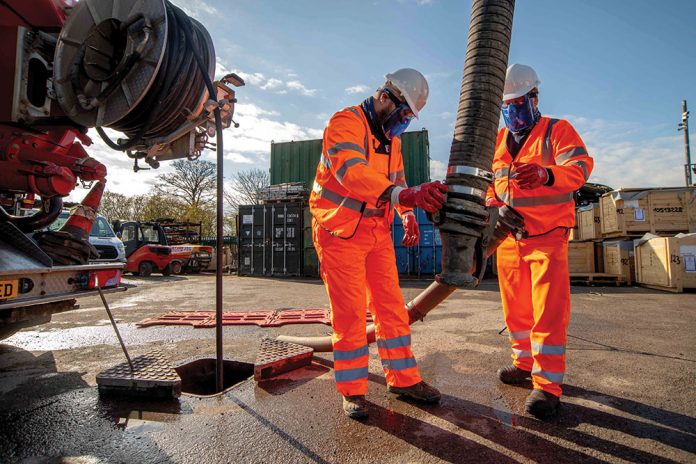Three steps to increased capacity, without capital expenditure
The use of combined sewer overflows (CSOs) has placed water companies in the firing line of regulators and ratepayers. The industry faces intense pressure to scale back reliance on CSOs and implement a smarter, more sustainable approach to sewage management.
The current AMP cycle, however, does not allow for capital spending on increased storm tank capacity through in-line or off-line retention storage. So water companies need to get creative.
Matthew Humphreys, Utilities Sector Manager, Adler and Allan, discusses cost-saving solutions to increase capacity, cut CSO use, and extend asset life – without the red tape of CapEx requirements.
Step one – Pinpoint your network’s weak spots
CSO use is the product of an overburdened network. Using cutting-edge techniques, an experienced environmental consultant can highlight the root cause of pollution risks and identify hidden drainage problems that lead to costly CSO discharges.
CCTV surveys
CCTV asset management surveys examine sewers, sewer diversions, culverts, and tunnels up to 500 metres long between access chambers. The highly accurate inspections diagnose existing or emerging structural and service concerns, including collapses, scale build up, grease, cracks or displaced pipes, and root intrusion.
Syphon surveys
Syphon blockages can limit a pipe’s hydraulic capacity, overloading CSOs and risking large-scale sewage releases. Regular maintenance is crucial, starting with a comprehensive asset review to evaluate syphon condition, access routes, and hazards. Qualified confined space entry crews determine ideal isolation, drainage, and cleaning techniques, while CCTV reveals grease or debris build-up and any structural issues.
Environmental monitoring
Environmental monitoring services, such as biological riverbed surveys and upstream catchment surveys, accurately classify the status of storm overflows. Coupled with the installation of event duration monitors, these specialist services use cumulative data to identify worst-offending assets and prioritise improvement work.
Step two – Use tech to tailor your CSO action plan
A detailed outline of your infrastructure helps you systematically manage upgrades, budgets, and resources. An OS19X-qualified team can map your underground assets, defining present and future targets for repair, maintenance, and monitoring.
Sonar tracing services
When a CCTV survey uncovers a drainage problem, sonar tracing equipment accurately locates the defective or collapsed sewer, indicating its line, depth, and direction. Your environmental consultant then uses this data to determine the most suitable excavation point and repair method.
Step three – Maximise your existing assets
With in-depth knowledge of your network, an environmental professional will plot the route back to optimum performance. This could involve instant fixes to restore pipe capacity or estate-wide maintenance plans for ongoing compliance.
High pressure jetting
High-pressure water jetting effectively clears root intrusion, silt build-up, concrete deposits, bricks, and grout. Large-scale blockages are removed by powerful deep lift vacuum tankers, while efficient recyclers treat and re-use water for jet cleaning.
Drainage repairs and planned preventative maintenance (PPM)
In the short term, a fixed-cost network cleaning and servicing programme controls pollution threats, using purpose-built remediation equipment for sewerage, effluent, and surface water. Down the line, proactive repairs and routine maintenance extend the longevity of your assets.
Looking ahead – cut CSO use with strategic thinking
Reducing reliance on CSOs begins with a deep understanding of your network’s strengths and weaknesses. Aim for small, strategic investments that boost capacity and buy back precious years of asset life – with no capital expenditure needed.



